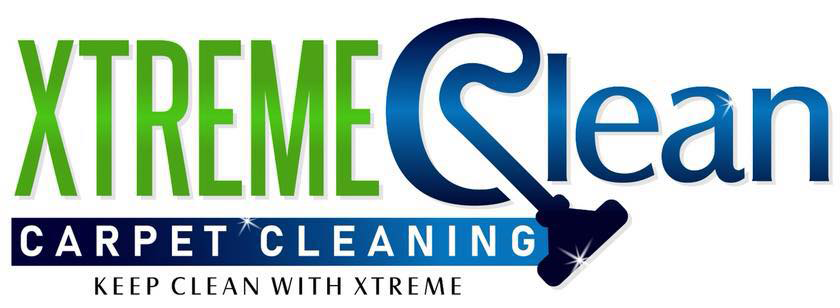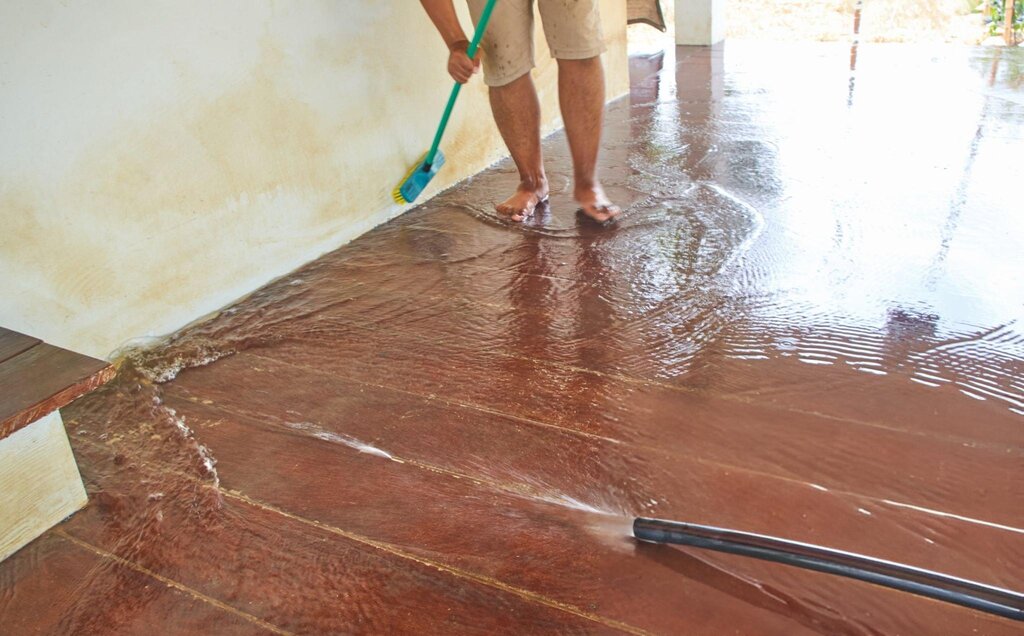Hardwood floors bring warmth and elegance to any home, seamlessly complementing a wide range of styles and spaces. But that natural beauty can quickly fade when water damage enters the picture. Picture coming home after a rainstorm to find that an open window has soaked your prized wood floors. The result? Cupping, discoloration, and even structural damage—all of which can compromise the look and longevity of your flooring.
Water is one of hardwood’s biggest enemies. Because wood is porous, it readily absorbs moisture, and over time, this can lead to serious issues. When water seeps into wood fibers, it causes them to swell and expand unevenly—often resulting in warping and stains. That’s why quick action is crucial. Understanding the signs of damage and responding promptly can help you protect your floors and avoid costly repairs.
—
Identifying Signs of Water Damage
Catching water damage early can make all the difference in preserving your hardwood floors. Knowing what to look for helps you act fast—often before lasting harm sets in.
Common signs of water damage include:
- Discoloration: Watch for gray, dark, or uneven patches in the wood. These can be signs that moisture has begun to soak in.
- Warping and Buckling: If boards start to lift, ripple, or shift, it could mean water has penetrated the surface and altered the shape of the planks.
- Staining: Prolonged exposure to water can cause dark rings or marks that don’t easily fade with cleaning.
- Musty Odors: A damp or musty smell may signal mold or mildew growing beneath the floorboards—especially if the issue has gone unnoticed for a while.
- Texture Changes: A spongy or soft feeling underfoot could indicate that the wood’s structure is compromised.
Noticing any of these signs? It’s time to take action. Staying vigilant allows you to catch small problems before they turn into big (and expensive) repairs.
—
What to Do When Water Damage Happens
Discovering water on your hardwood floors can be stressful—but a quick, thoughtful response can help minimize damage. Here are the steps to take right away:
- Remove Standing Water: Use towels, mops, or a wet/dry vacuum to absorb as much water as possible. The sooner you remove it, the better your chances of avoiding deep saturation.
- Increase Airflow: Set up fans to speed up the drying process. A combination of ceiling fans and portable units works well. If the weather permits, open windows to bring in fresh air and reduce humidity.
- Minimize Foot Traffic: Try to keep people and pets off the affected area. Wet floors are more vulnerable and prone to further damage when walked on.
- Inspect the Area: Once the floor is dry, carefully check for signs of buckling, discoloration, or texture changes. These may indicate that moisture has already affected the wood.
- Reduce Moisture: To prevent mold and mildew, use a dehumidifier to lower moisture levels in the air and around the baseboards.
Every minute counts—so acting quickly and methodically can protect your floors and prevent the issue from escalating.
—
Why Professional Hardwood Floor Cleaning Matters
Even if you act fast, some types of water damage require professional help. Surface drying only goes so far—especially if the water has reached deeper layers of your flooring or subfloor.
That’s where expert hardwood floor cleaners come in.
Professionals have the tools and techniques to fully assess the situation. From high-powered dryers to moisture-balancing treatments, they can restore the look and integrity of your floors in ways that go beyond DIY solutions. In some cases, they may even be able to reverse warping or discoloration without replacing boards.
For large spills, prolonged exposure, or hard-to-reach areas, professional care can make all the difference. It gives you peace of mind, knowing that your home—and your flooring investment—is in trusted hands.
—
Tips for Preventing Future Water Damage
Prevention is always better than repair. Here are a few smart, proactive steps to protect your hardwood floors from water damage down the line:
- Use Rugs and Mats: Place absorbent rugs in high-risk areas like kitchens, entryways, and under pet bowls to catch spills and prevent tracking moisture onto your floors.
- Wipe Up Spills Promptly: Even small drips can lead to damage over time. Make a habit of cleaning up spills right away with a soft, dry cloth.
- Control Humidity: Use dehumidifiers in humid months and maintain consistent indoor humidity year-round. Wood naturally expands and contracts with moisture, so balance is key.
- Schedule Routine Maintenance: Regular cleanings and inspections from a professional can help catch early signs of damage—and keep your floors looking their best.
These simple habits can go a long way toward extending the life of your hardwood floors and preserving their timeless beauty.
—
Keep Your Hardwood Floors Looking Their Best
Hardwood floors are a major asset to any home—but they require care and attention, especially when it comes to water. Recognizing the signs of damage, responding quickly when issues arise, and taking preventive steps can help your floors stay strong, stunning, and structurally sound for years to come.
If you’re dealing with water damage—or just want help keeping your hardwood floors in peak condition—Xtreme Clean 95 is here to help. Our professional hardwood floor cleaning services are designed to protect your investment with safe, effective treatments tailored to your home. Let us help you preserve the natural charm and lasting durability of your floors.



